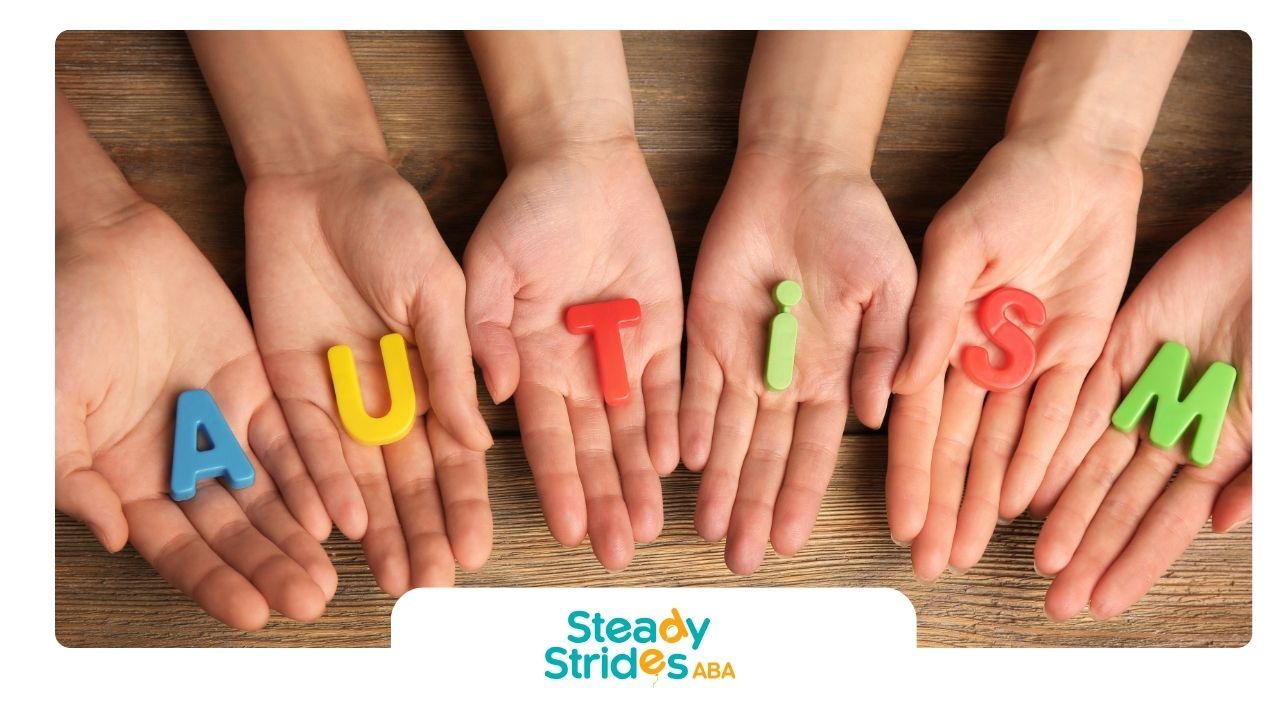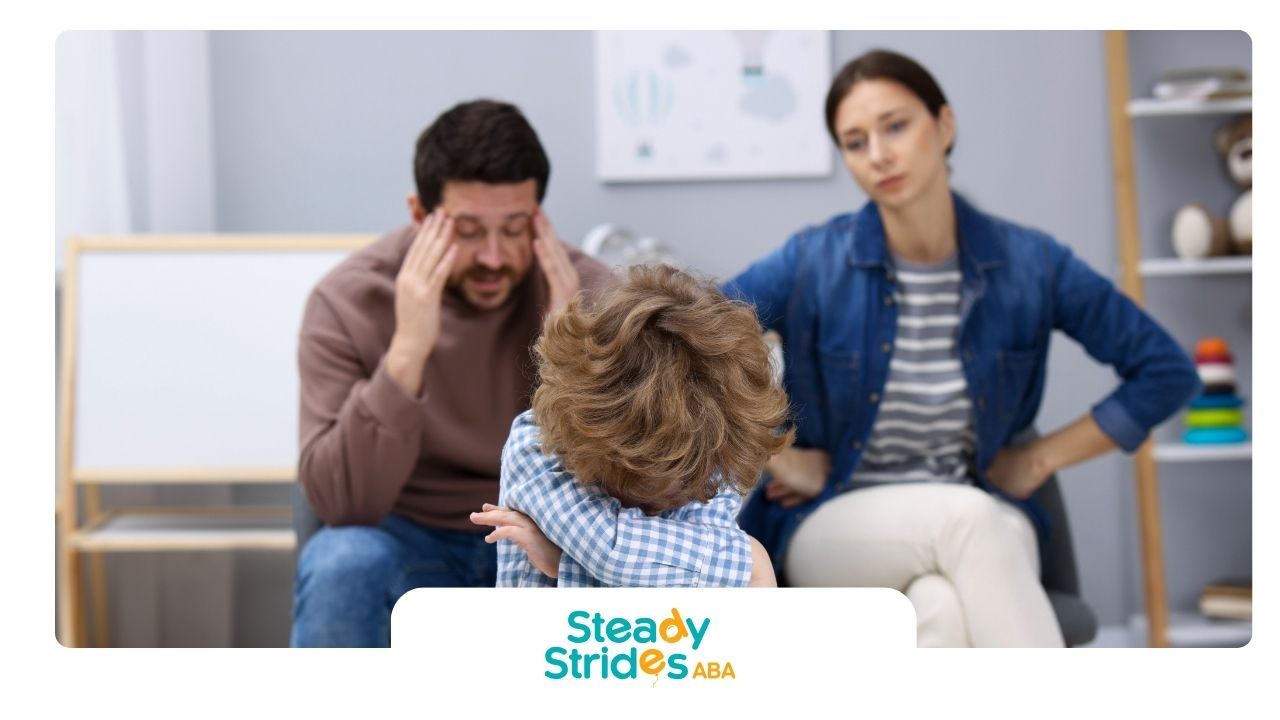Autism and Sensory Processing Disorder (SPD) often get mentioned together, and it’s easy to see why. Both can involve sensitivity to sound, touch, light, or movement.
But despite some overlap, they’re not the same—and understanding the difference matters.
Autism vs. SPD
Autism Spectrum Disorder (ASD) is a lifelong developmental condition that affects how a person communicates, interacts socially, and behaves. Many people with autism also have sensory differences—such as being overwhelmed by noise or uncomfortable with certain textures.
These sensory issues are just one part of a much broader picture. Autism also involves challenges with social cues, communication, flexibility, and emotional regulation.
Sensory Processing Disorder, on the other hand, specifically relates to how the brain processes sensory input. A child with SPD might be overly sensitive to sounds, unable to tolerate tags in clothing, or constantly seeking movement.
They don’t necessarily have difficulties with social interaction or communication, which are core characteristics of autism.
While a person with autism might also have SPD, not everyone with SPD is autistic. That’s a key difference.
Autism is a medically recognized diagnosis (included in the DSM-5), while SPD is not formally listed as a separate condition, though it’s widely recognized by therapists and educators.
This distinction is important for treatment, too. Autism typically involves a range of therapies—behavioral, speech, social, and sensory. SPD is often addressed through occupational therapy focused on sensory integration.
In short: autism is broader and more complex, while SPD is more focused on how the brain responds to sensory input. Knowing the difference helps families, teachers, and therapists provide the right kind of support from the start













